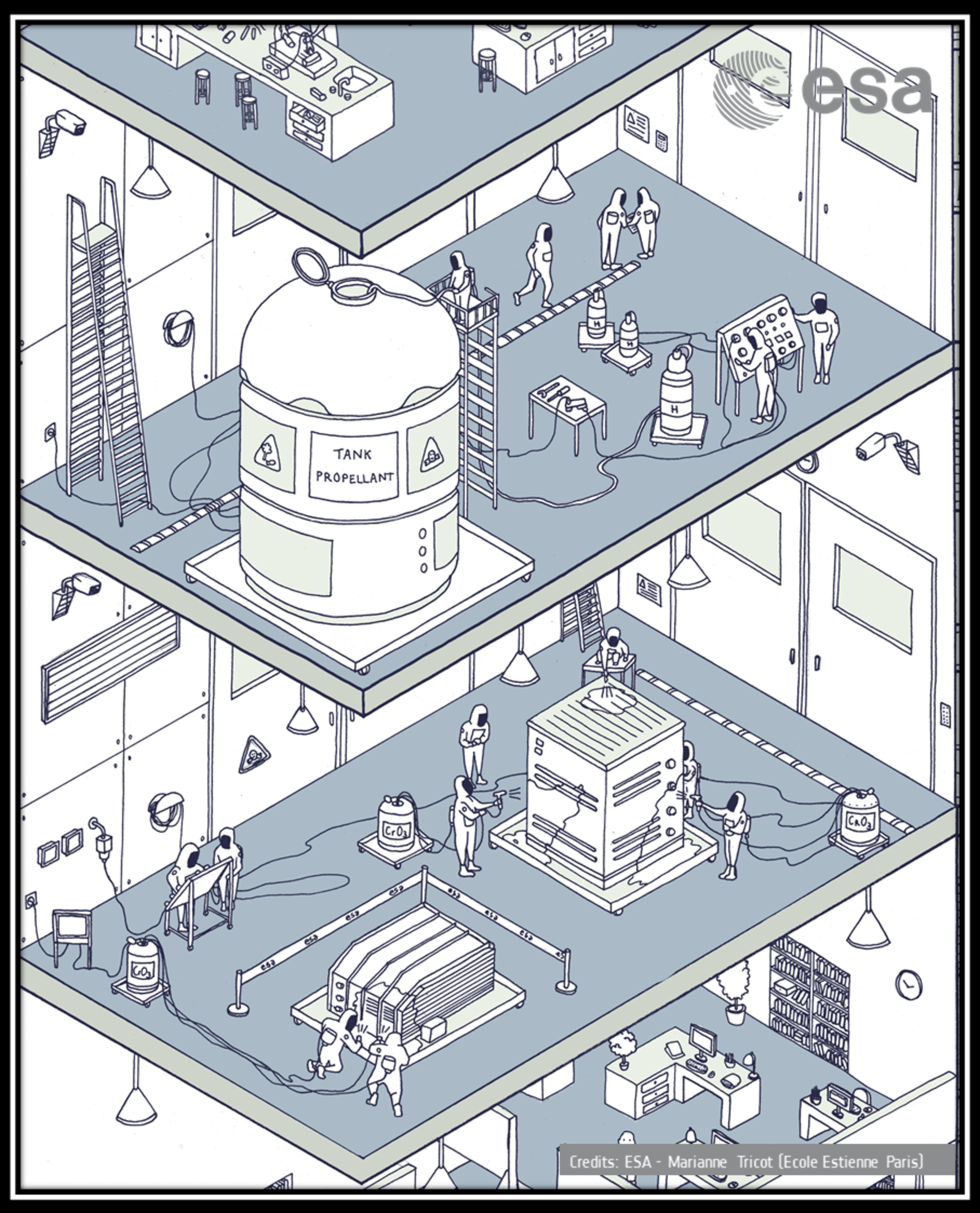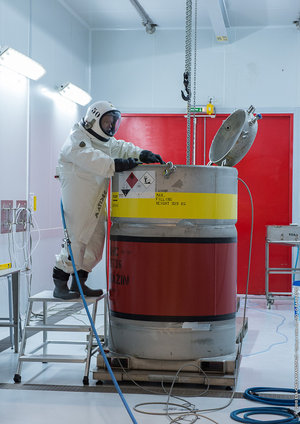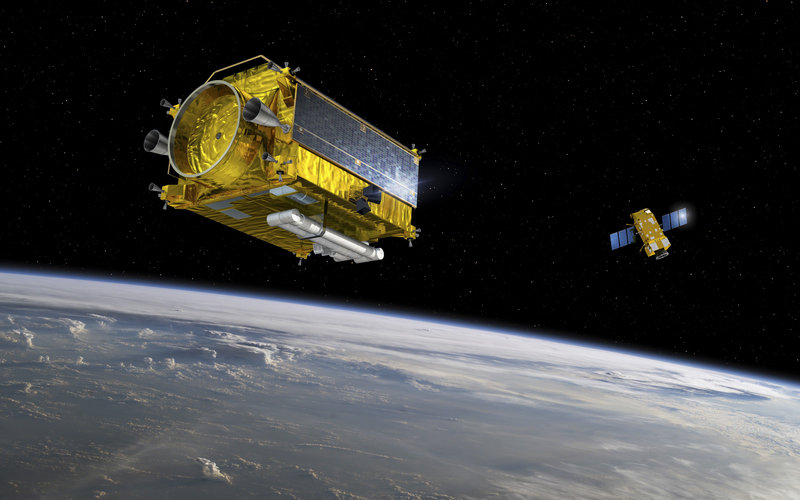ESA responding to EU’s REACH chemical law
The EU’s REACH regulation limits the use of potentially harmful chemicals to safeguard European citizens and the environment. But REACH also throws up challenges to Europe’s space industry that ESA is helping companies respond to.
On 11 June a workshop on REACH is taking place at ESA’s ESTEC technical heart in the Netherlands for all actors that are interested in how environmental regulations affect space projects. You can find more information, and register to attend, here.
Paavo Heiskanen, serving as ESA’s REACH officer is helping to ensure ESA, national space agencies and the space industry are not only compliant to the law, but anticipating changes well ahead of time.
“We’re very supportive of REACH, and it’s right and proper that the space industry is part of it – we live on the same planet as everyone else,” says Paavo. “But the changes it brings are wide-ranging, and it’s essential that we engage with it on proactive basis, to avoid surprises or damaging disruption to our supply chains.”
The Regulation on Registration, Evaluation, Authorisation and Restriction of Chemicals (REACH) applies to authorities and companies across the European Union, encouraging the safe use of chemicals and the phasing out of substances that might pose health or environmental risks.
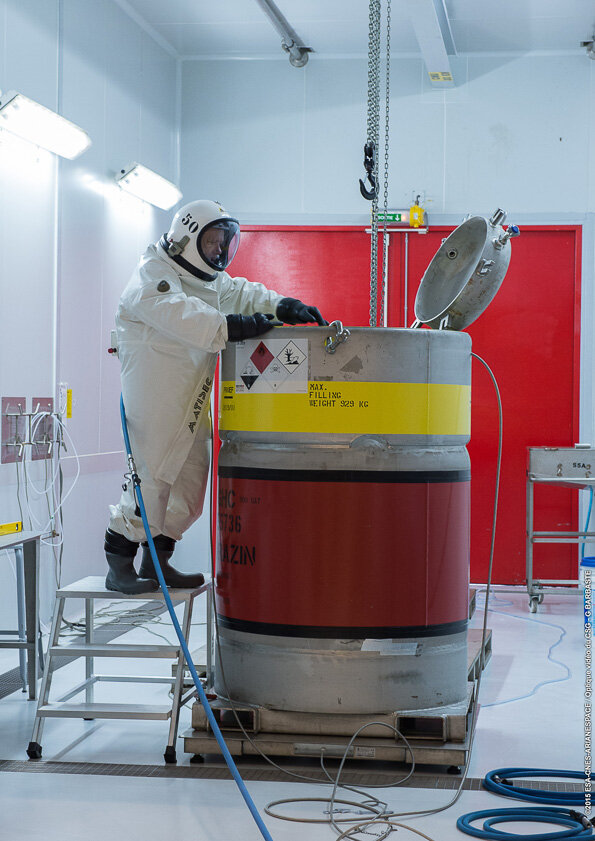
Under REACH more than 15 000 chemicals have been registered with the European Chemicals Agency, giving details of their effects on human health and the environment. Of those, more than 197 chemicals have been identified as ‘substances of very high concern’ – likely to face controls in future – and 43 now require prior authorisation before use. Some 64 chemicals have been restricted.
The difficulty for the space industry is that some commonly employed materials and processes have been included on the ‘very high concern’ list, which means their use could be assigned ‘sunset dates’ to be phased out in the future.
These include highly-energetic but toxic hydrazine, almost universally used as propellant in satellites – hydrazine was named as a candidate for the ‘very high concern’ list back in 2011 – or chromate coatings used against corrosion, or, to give an example on the process side, ceramics manufacturing can involve hazardous substances at early production stages. Another substance that has been added to the list is lead (Pb), widely used in high-reliability soldering of electronics.
“We follow a strategy where we replace what we can replace,” adds Paavo. “In many cases there are alternative materials or processes, which might not perform as well but we can adapt the process parameters accordingly.
“Then comes the work of qualifying these replacements to space standards – for instance, in the case of surface treatments that might involve lengthy salt-spray testing to document its corrosion protection. Once we find a replacement we want to get this information out as widely as possible, without anyone getting an unfair advantage, because we want to help industry as a whole to find sustainable solutions.
“Lead metal solder is particularly challenging as all known substitute materials have certain reliability issues. These issues have been studied for decades but no clear technical solutions have been found.”
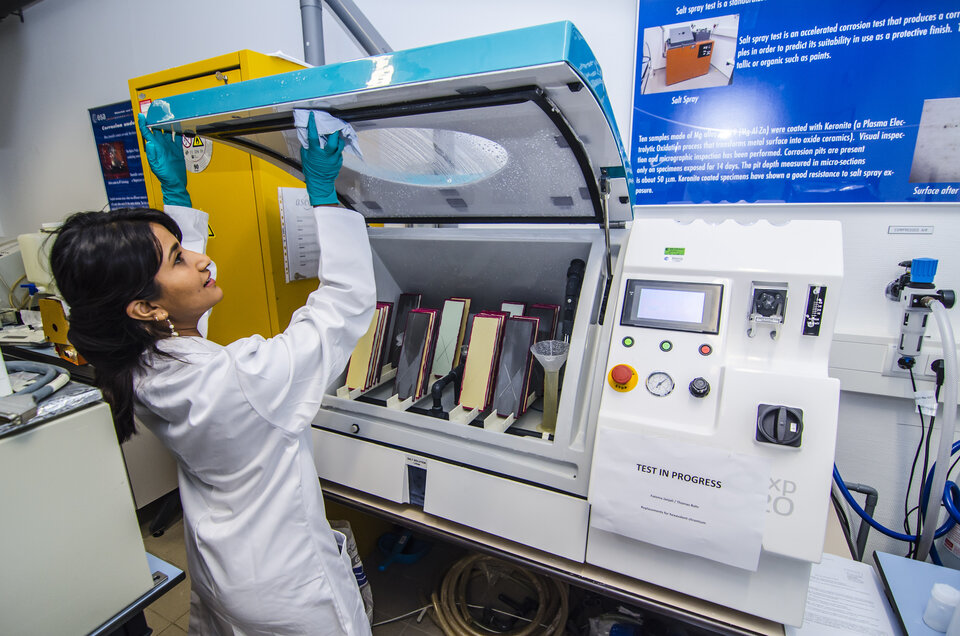
“There’s some overlap with ESA’s Clean Space initiative, which is seeking to reduce the environmental impact of the space industry, where they are looking for greener alternatives to the current state-of-the-art – and we’re seeking the same. We’re benefitting from their work into Life Cycle Analysis of space projects.
“In cases where we cannot replace the substance, then we pursue REACH authorisation to continue using it after the sunset date. So we’re currently in discussion on hydrazine to give one example, which is a case where we have a green propulsion technology roadmap, but the alternatives are not mature enough for adoption.
“Or there are solvents with beautiful properties for coatings, fibre spinning or superconductors, but which are also hazardous – so we anticipate restriction in future, and apply early for authorisation – performing risk assessment for the longer term.”
An important part of the REACH officer role is to create awareness of the law and the changes it might mean, especially to smaller companies, through information events.
“Often when we talk to stakeholders, their knowledge is very limited about the risks they could be facing, and we seek to help them, and let them know they can ask us questions.”
Companies might unknowingly come under REACH jurisdiction despite not having any direct contact with the regulated substances. Article 33 of REACH requires that companies inform customers when their items contain controlled substances down to 0.1 % of the overall weight – which might mean simply small amounts of composite parts, or even adhesives used to glue parts together.
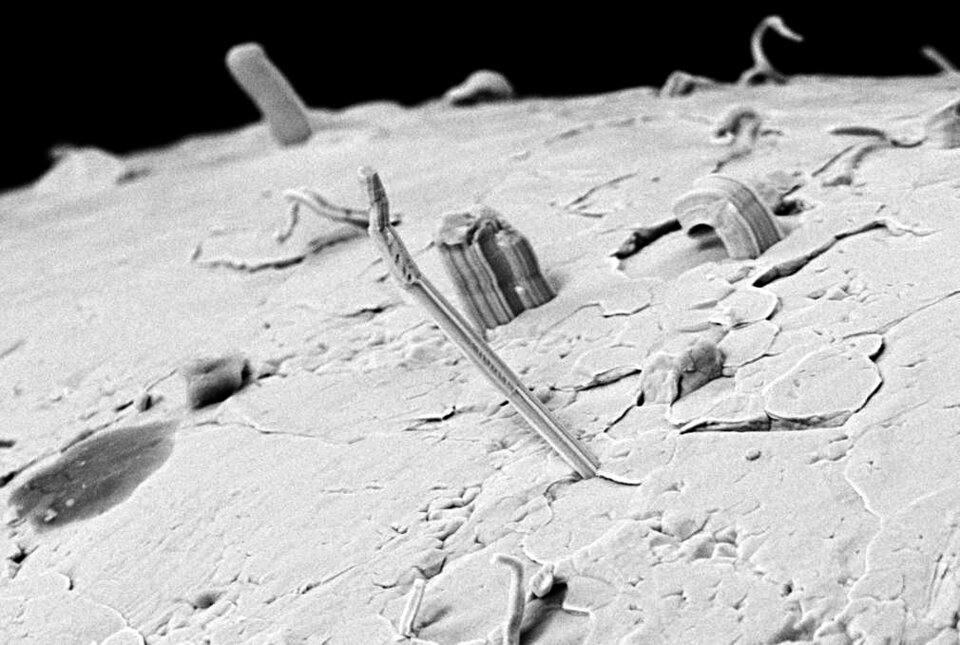
“This implies a tremendous paper trail for the supply chains of complex hardware,” says Paavo. “Consider that an Ariane 5 launcher has millions of parts. For ESA, there is also the question of international collaboration: when NASA or Roscosmos deliver a payload, how will Article 33 be fulfilled?
“There is no exemption to this requirement, so all industrial sectors are affected, and we have developed guidelines for the space sector, to integrate it into supply chain management in as easy-going a manner as possible.”
Another challenge that REACH poses is that the wider industrial environment is changing, no matter how many waivers the space industry holds: “The reality is that the space sector is quite a small niche, so in many cases we have to accept the technical reality of what’s available on the market, with commercial off-the-shelf parts, and if that changes we have to adapt to it. In the same way, any new space-specific application has to look for non-space markets – a ‘big brother’ market such as aviation. With no other market, it isn’t sustainable and won’t stay available.”
Research and development also needs to bear REACH in mind from the start: if a novel product proves successful and finds a market, then its production volume might become such that it would attract the attention of the European Chemicals Agency, so REACH compliance of the materials and processes involved in its manufacture needs to be considered early on in the research and development cycle.
A dedicated REACH compliance for space website is in preparation. Questions on REACH can be addressed to paavo.heiskanen@esa.int or Reach.Officer@esa.int .


